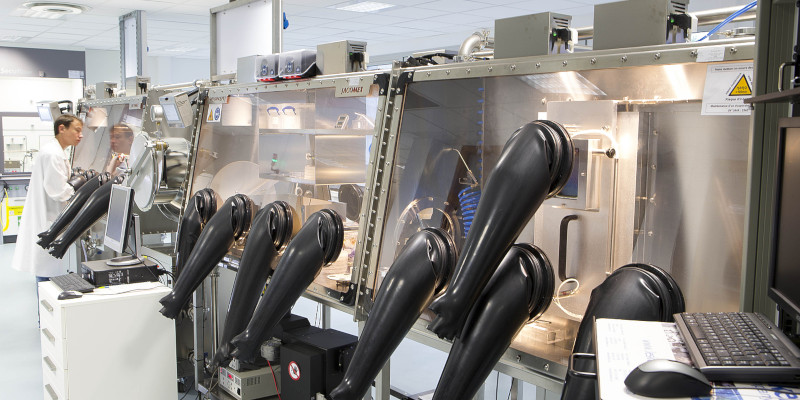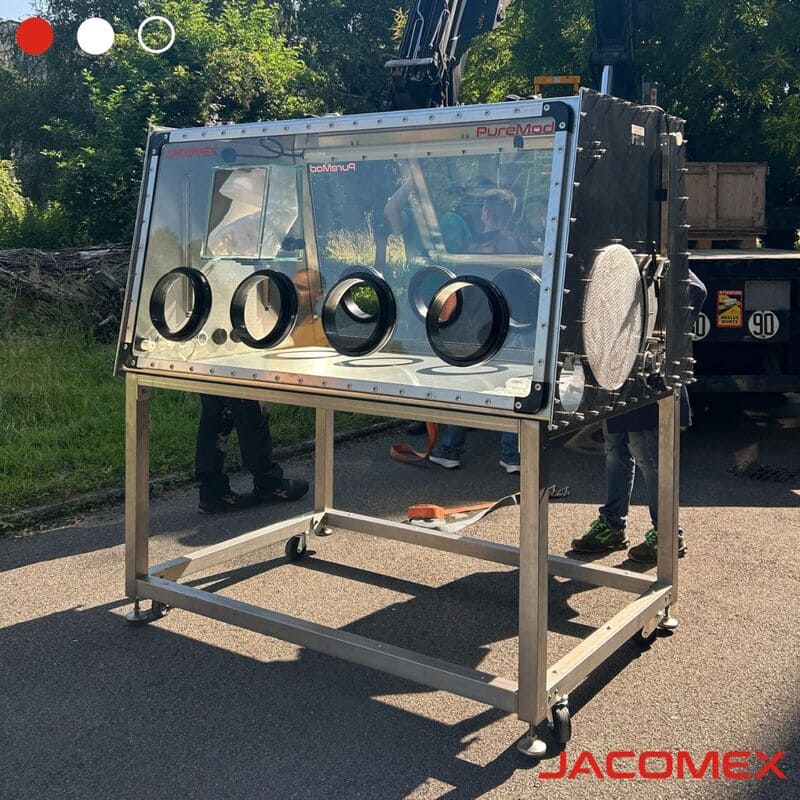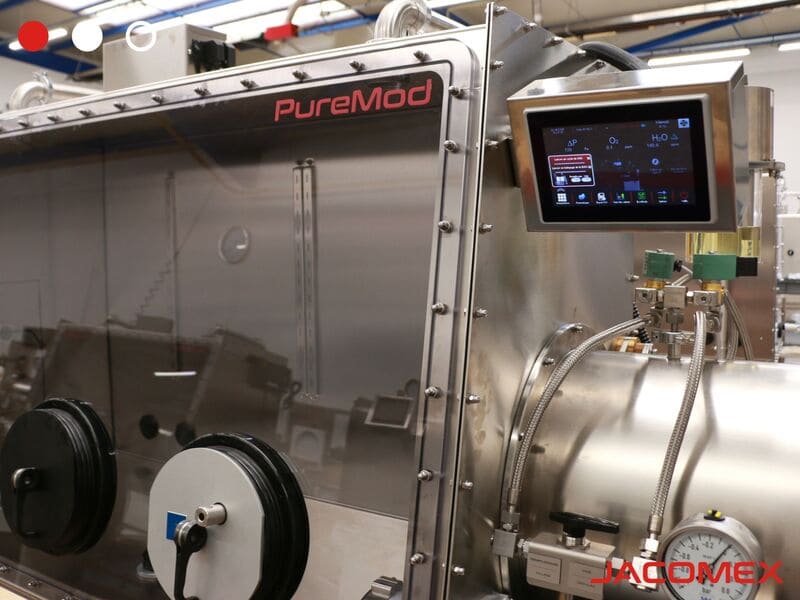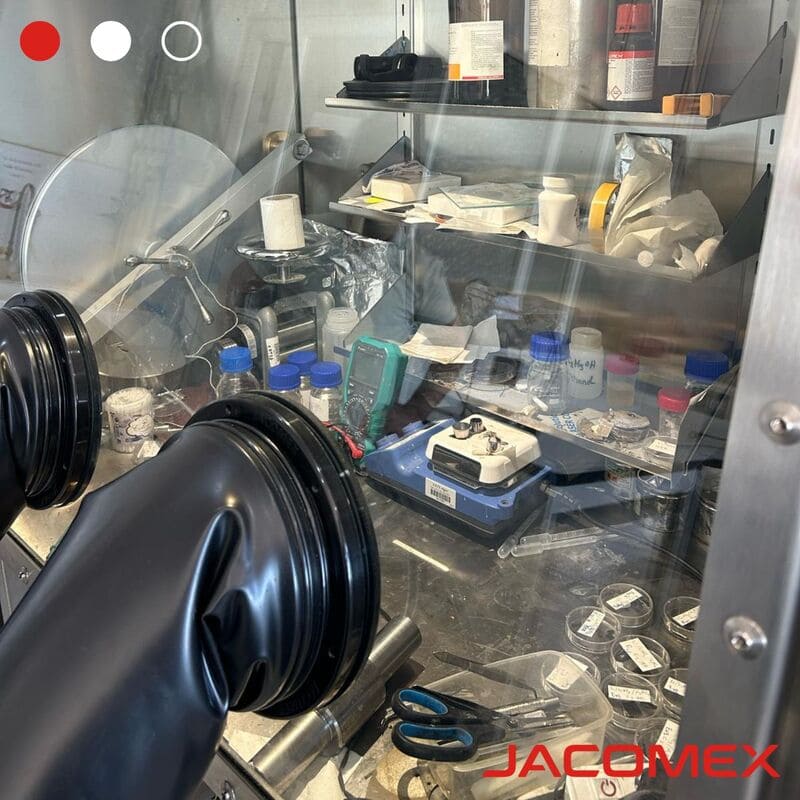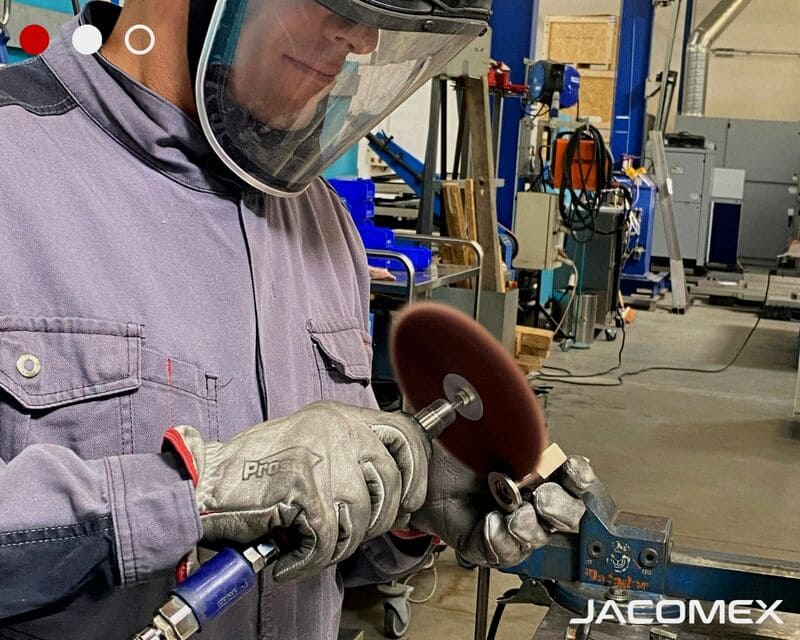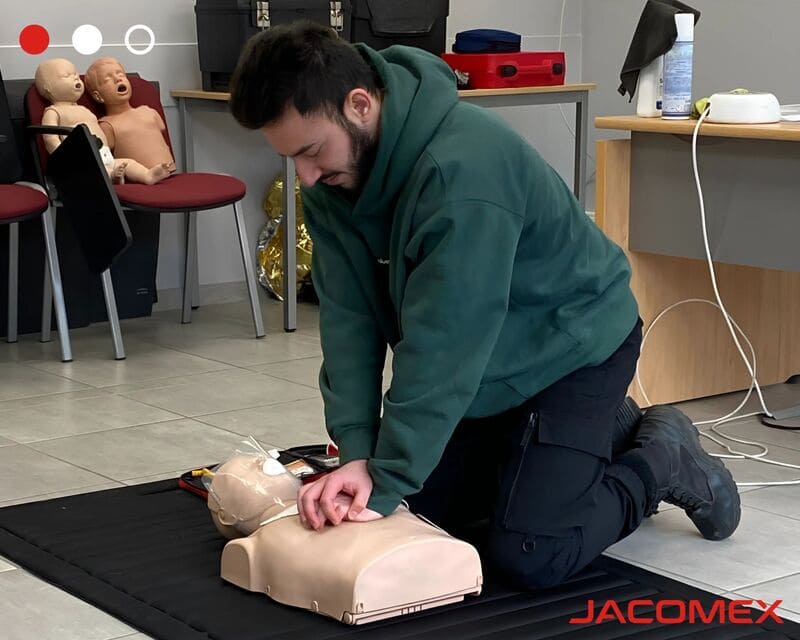Located at the heart of the CEA Grenoble, the Hybriden facility offers a research area equipped with sophisticated instruments designed to investigate concepts, architectures and innovative materials in the Energy production (solar cells) or storage (batteries, supercapacitors) fields.
The word platform also carries the notion of exchanges as the laboratory is opened to researchers, students and post-docs of the scientific community as well as industrial partners. The facility is managed by Mr. Jérôme Faure-Vincent (CEA Researcher, Projects-Researchers Interface) and Mr. Clément Thomassé (CNRS Engineering Assistant, Technical Manager).
Energy Innovation Propelled by Highly Efficient Tools
The platform revolves around two glove boxes lines with clustered production and test benches: the central line is dedicated to achieve energy production experimental devices while the second line focuses on energy storage. It is further equipped with state of the art laboratory instruments (external quantum efficiency measure, accelerated weathering tester, laminar flow hood, automatic film coater, bench top planetary ball mill…).
Energy Production
The central line is dedicated to produce or study photovoltaic cells issued from different technologies (organic solar cells, dye sensitized, semiconductor nanocrystals or of Perovskite-types).
The tools used to perform the manufacturing process consist of three interconnected Jacomex glove boxes under argon atmosphere (<1ppm O2/H2O) with integrated spin coater, weighing microbalance, heating plate and metal evaporator. The characterization of the photovoltaic devices is processed through a solar simulator connected to different measuring equipment allowing to test the cell’s performance.

Processes Implementation
The materials, previously synthetized by chemists in nearby laboratories, are integrated to the Hybriden platform devices to test the proof-of concept.
Manufacturing
In the case of organic solar cells, the first step consists of spin-coating the active material on a transparent and conductive substrate (typically glass covered with a thin layer of indium tin oxide). Then an annealing process can be carried on in the glove box on a heating plate before the sample is transferred in the metal evaporator. A superior electrode (made for instance of aluminium) is finally deposited which allows to complete the solar cell device.
Performance Tests
A second step consists of measuring the cell’s performances (performance effectiveness, short circuit current, open circuit voltage, maximum power…). The latter is connected to a computer monitored current-voltage curve measurement instrument (I-V). The solar cells efficiency is deducted from the I-V curves obtained under illuminance.
Electrical Loads Mobility Measurement
The Hybriden platform is also equipped with a probe station allowing to measure the loads mobility within the active material. The comparative study between several materials allows, in some cases, to correlate devices mobility and efficiency.
Energy Storage
The second line focuses on energy storage under electrochemical forms (for instance, lithium battery or supercapacitor). The installation allows to assemble, study and test the devices’ efficiency and lifespan.

Line of glove boxes dedicated to energy storage under electrochemical forms.
The tools used to implement the testing process consist of two Jacomex glove boxes under argon atmosphere and connected by a T-shaped vacuum chamber (<1ppm O2/H2O) among which one is connected with a cycler.
Implemented Processes
The devices assembled in glove boxes and composed of three layers of material (electrode/electrolyte/electrode) are connected to the plus and minus terminals of a cycler. The cycler loads/unloads the devices (till a hundred thousand times) to quantify the performance’s progression (quantity of energy stored, power, capacity…) during the use.
Future of the Hybriden Platform
With the support of the CEA, the CNRS, the University of Grenoble Alpes and the labex Lanef ; the Hybriden plateform is associated with the Minatec Labs project that clusters several technological platforms dedicated to Nanoscience (nanoelectronics, energy, chemistry, DNA…). They illustrate the CEA Institute of Nanosciences and Cryogenics’ commitment to make state of the art research means available to the scientific community as well as the industrial partners implied in those projects.
To go further, we invite you to contact the head of the Hybriden platform, Mr. Jérôme Faure-Vincent, jerome.faure-vincent@cea.fr.

